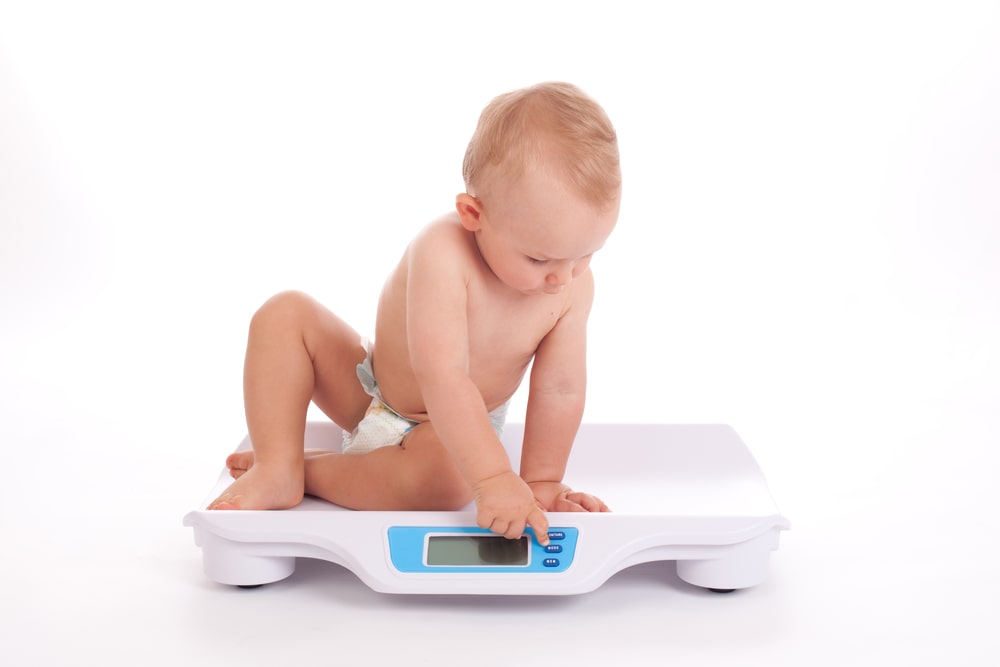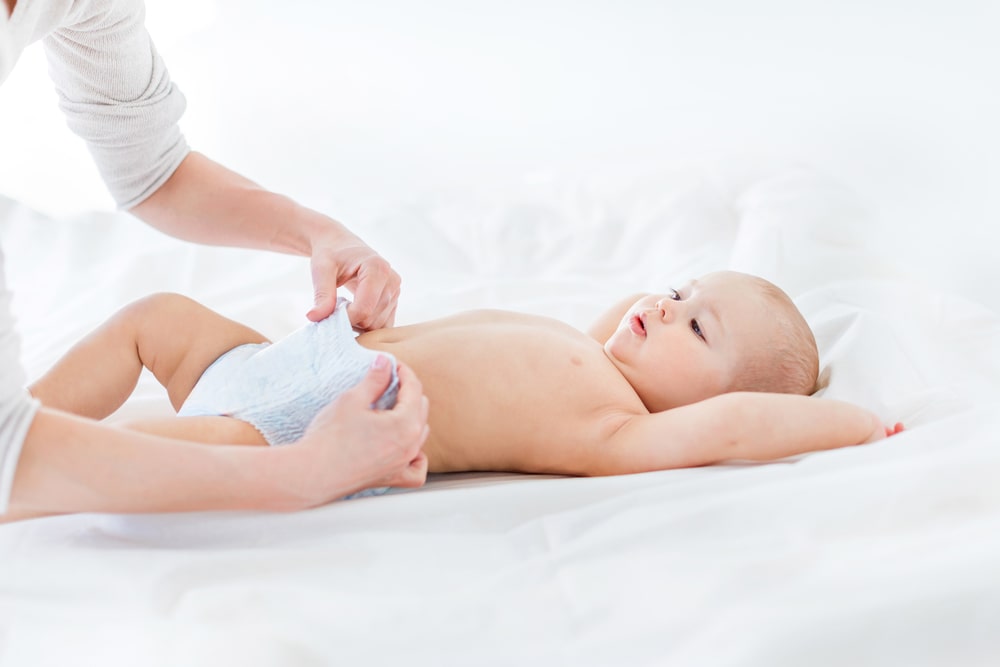Becoming a parent is full of worries and you may regularly find yourself questioning every aspect of your baby’s health and development. Often friends, family, and even strangers will give you their advice and this may leave you feeling anxious and worried.
Most commonly, parents worry about the weight of their baby, specifically if they are too skinny. Often in the Western world, we have the image of a chunky, squishable baby covered in rolls engrained in our minds as the ideal healthy, happy, and well-fed child.
But it is important to remember, adults come in all shapes and sizes and so will our babies!
View in gallery
In this article, we are going to cover the three key ways to determine if your baby is too skinny, as well as give some helpful advice so you feel more relaxed.
Is My Baby Too Skinny?
“Have you been feeding her?” “Maybe she should start solids sooner” “You should give them formula”
Many parents will have often heard one of these statements or a variation of them at some point in their little ones’ first year of life.
Many people have the outdated view of formula and solids being the answer to all their weight concerns surrounding their little one when it can be quite the opposite and a real setback to parents to hear these comments.
Knowing the right information is key to a healthy baby and happy parents, regardless of if your child is bottle or breastfed.
You will know your child better than anyone else, and you should take the words of medical professionals more than the unsolicited advice your aunt gave during a visit.
Three Ways To Tell If Your Baby Is Too Skinny
Here are the three ways you can tell if your baby is too skinny, thin, or underweight:
1. Growth Charts
You will often hear your pediatrician referring to “the chart” during your little ones’ weight check-ups. You may be wondering what this chart is, and how accurate it may be.
View in gallery
These charts are based on the birth weight of your baby and give a rough guide which they should follow to be classed as healthy and of no medical concern.
These charts are created by the World Health Organisation (WHO) for infants and children aged 0-2 years, and then from 2 years onwards are created by the Centers for Disease Control and Prevention (CDC).
These charts are used to contribute to the overall medical view of your child during health visits.
Your child will have a set line on the chart that will calculate their growth based on birth weight. This series of lines are called “percentile curves” and are based on both breastfed and formula-fed babies.
2. Monitoring Feeds
You will often hear that your child should only need to eat every 2-3hrs and this will be enough, but the reality couldn’t be further from the truth.
In breastfed babies particularly, they will often want to be latched on very frequently and for long periods to help encourage your milk supply. Frequent feeding is NOT a sign that you don’t have enough milk.
Getting your latch checked by a medical professional or IBCLC (International board-certified lactation consultant) is often the savior for many women’s breastfeeding journeys and can help to provide invaluable information and advice on normal feeding behaviors and hunger queues.
In formula and bottle-fed babies, your newborn will consume 1.5-3oz of milk every 2-3 hours. However, this does not mean they will be clockwork and sometimes may require more or less depending on several factors including growth spurts and gas.
At around 2 months your baby will take 4-5oz every feed which is usually every 3-4 hours.
Formula powder boxes have a guide based on age that you should follow to ensure your bottles are prepared correctly and contain the right amount of nutrients for their age range.
View in gallery
3. Diapers
Finally, another one of the best ways to know if your little one is eating enough is by their diaper output. Your little one should be producing certain amounts of wet and dirty diapers as a rough guide that they are consuming enough.
Your little one should never have less than 6 wet diapers in 24hrs or go longer than 2-3 hours between wetting their diaper as this can be a sign of dehydration in your baby.
Remember to always consult the advice of your pediatrician or doctor’s office if you think your baby is dehydrated as this can cause serious issues if left untreated.
As an average guide, your little one should do at least 1-3 poops a day under the age of 1, if not more if they are breastfed. The consistency and color is often a telltale sign of any issues too
- Dark green- Normal in formula-fed babies
- White– Can be a sign of liver issues
- Black– This can be a sign of inadequate nutrition
- Red– Don’t panic, this can be blood from constipation, strain, or cracked nipples when breastfeeding.
- Mustard yellow– normal!
- Greenish tan– This can be caused by teething.
Signs of an Underfed Baby
Quite often the signs that your baby is underfed or too skinny are obvious and parents can pick up on these quite quickly.
If your little one is not feeding enough they often wouldn’t reach milestones at the right age and be cranky, inactive, struggle to sleep, and often fall asleep before they manage to finish a feed.
Infrequent pooping can be normal, but if you find your baby is also meeting some of the other criteria we have just listed you should seek medical advice to be safe. Other signs include:
- Less than 4 wet diapers
- Constant fussing
- Trouble waking to fee
View in gallery
FAQs
How can I fatten up my skinny baby?
If your child is over 6 months and beginning to start their weaning journey then steer clear of artificial sweeteners and sugars and opt for healthy fats such as nut butter, avocados, and fish.
Is it bad for a baby to be skinny?
Some babies are known as “genetically lean” meaning due to their genetics they will appear slimmer, but this does not mean they are underweight or underfed.
What happens if my baby misses a feed?
Don’t panic- usually, if your little one is asleep or busy with an activity they will let you know as soon as they feel hungry again and everything will return to normal.
The Final Thought
More often babies have a good reason for feeding less and seeming unhappy, with the inability to communicate their needs a baby’s cry is the only way they can let you know that something is wrong.
From a dirty diaper to gas or hunger, it can be hard to know what your little one needs sometimes but it does get easier, and this doesn’t always mean they are underfed.
Remember that a skinny baby doesn’t automatically mean they are underfed, genetics play a big part in their build too.






